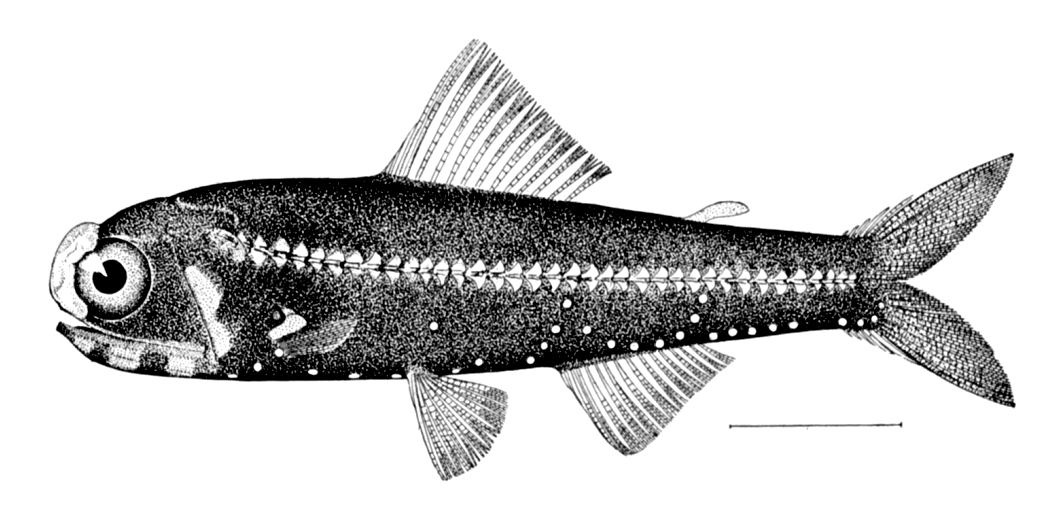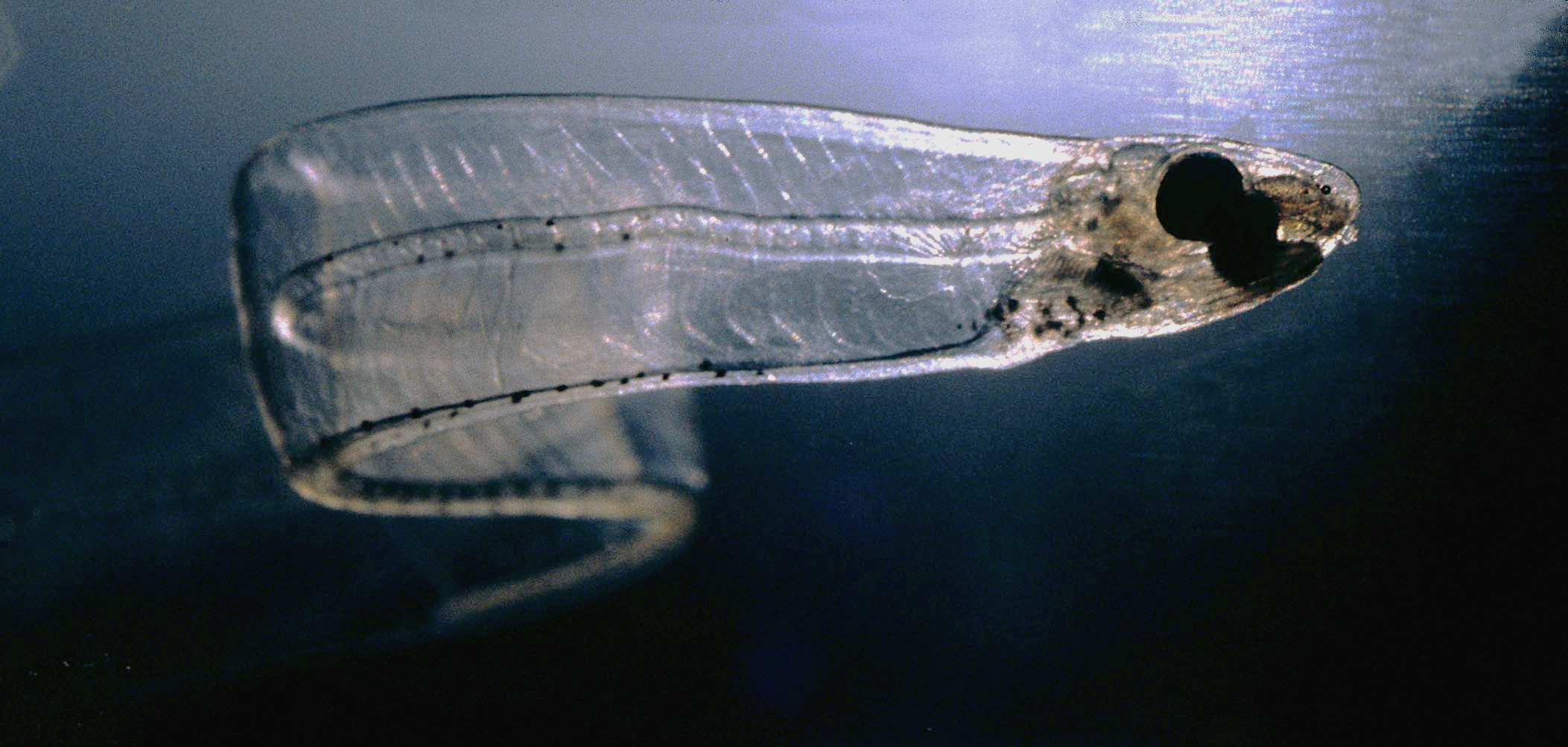|
Congriscus Megastomus
''Congriscus megastomus'' is an eel in the family Congridae (conger/garden eels).''Congriscus megastomus'' at www.fishbase.org. It was described by in 1877, originally under the genus '' Congromuraena''.Günther, A., 1877 (1 Nov.) ''Preliminary notes on new fishes collected in Japan during the expedition of H. M. S. ''Challenger.''.'' Annals and Magazine of Natural History (Series 4) v. 20 (no. 119) (art. 56): 433-446. It is ... [...More Info...] [...Related Items...] OR: [Wikipedia] [Google] [Baidu] |
Albert Günther
Albert Karl Ludwig Gotthilf Günther FRS, also Albert Charles Lewis Gotthilf Günther (3 October 1830 – 1 February 1914), was a German-born British zoologist, ichthyologist, and herpetologist. Günther is ranked the second-most productive reptile taxonomist (after George Albert Boulenger) with more than 340 reptile species described. Early life and career Günther was born in Esslingen in Swabia (Württemberg). His father was a ''Stiftungs-Commissar'' in Esslingen and his mother was Eleonora Nagel. He initially schooled at the Stuttgart Gymnasium. His family wished him to train for the ministry of the Lutheran Church for which he moved to the University of Tübingen. A brother shifted from theology to medicine, and he, too, turned to science and medicine at Tübingen in 1852. His first work was "''Ueber den Puppenzustand eines Distoma''". He graduated in medicine with an M.D. from Tübingen in 1858, the same year in which he published a handbook of zoology for students of ... [...More Info...] [...Related Items...] OR: [Wikipedia] [Google] [Baidu] |
Finfish
Fish are aquatic, craniate, gill-bearing animals that lack limbs with digits. Included in this definition are the living hagfish, lampreys, and cartilaginous and bony fish as well as various extinct related groups. Approximately 95% of living fish species are ray-finned fish, belonging to the class Actinopterygii, with around 99% of those being teleosts. The earliest organisms that can be classified as fish were soft-bodied chordates that first appeared during the Cambrian period. Although they lacked a true spine, they possessed notochords which allowed them to be more agile than their invertebrate counterparts. Fish would continue to evolve through the Paleozoic era, diversifying into a wide variety of forms. Many fish of the Paleozoic developed external armor that protected them from predators. The first fish with jaws appeared in the Silurian period, after which many (such as sharks) became formidable marine predators rather than just the prey of arthropods. Most fis ... [...More Info...] [...Related Items...] OR: [Wikipedia] [Google] [Baidu] |
Polychaetes
Polychaeta () is a paraphyletic class of generally marine annelid worms, commonly called bristle worms or polychaetes (). Each body segment has a pair of fleshy protrusions called parapodia that bear many bristles, called chaetae, which are made of chitin. More than 10,000 species are described in this class. Common representatives include the lugworm (''Arenicola marina'') and the sandworm or clam worm ''Alitta''. Polychaetes as a class are robust and widespread, with species that live in the coldest ocean temperatures of the abyssal plain, to forms which tolerate the extremely high temperatures near hydrothermal vents. Polychaetes occur throughout the Earth's oceans at all depths, from forms that live as plankton near the surface, to a 2- to 3-cm specimen (still unclassified) observed by the robot ocean probe ''Nereus'' at the bottom of the Challenger Deep, the deepest known spot in the Earth's oceans. Only 168 species (less than 2% of all polychaetes) are known from fresh ... [...More Info...] [...Related Items...] OR: [Wikipedia] [Google] [Baidu] |
Euphausiidae
Krill are small crustaceans of the order (biology), order Euphausiacea, and are found in all the world's oceans. The name "krill" comes from the Norwegian language, Norwegian word ', meaning "small Fry (biology), fry of fish", which is also often attributed to species of fish. Krill are considered an important trophic level connection – near the bottom of the food chain. They feed on phytoplankton and (to a lesser extent) zooplankton, yet also are the main source of food for many larger animals. In the Southern Ocean, one species, the Antarctic krill, ''Euphausia superba'', makes up an estimated biomass (ecology), biomass of around 379,000,000 tonnes, making it among the species with the largest total biomass. Over half of this biomass is eaten by whales, Pinniped, seals, penguins, seabirds, squid, and fish each year. Most krill species display large diel vertical migration, daily vertical migrations, thus providing food for predators near the surface at night and in deeper w ... [...More Info...] [...Related Items...] OR: [Wikipedia] [Google] [Baidu] |
Synagrops Japonicus
''Synagrops japonicus'' is a species of fish within the family of Acropomatidae. It was described by Döderlein in 1883. Distribution It can be found from Eastern Africa up to the islands of Hawaii. Most of them live at a depth of 100-800 m (330-2600 ft). Description They have 10 dorsal spines, 9 dorsal soft rays, 2 anal spines, 7 anal soft rays, and 25 vertebrae. The body is elongated and compressed with large cycloid scales. The body is blackish-brown when young, though after maturing into adults, it becomes paler. References japonicus This list of Latin and Greek words commonly used in systematic names is intended to help those unfamiliar with classical languages to understand and remember the scientific names of organisms. The binomial nomenclature used for animals and plants i ... Fish described in 1883 {{Perciformes-stub ... [...More Info...] [...Related Items...] OR: [Wikipedia] [Google] [Baidu] |
Hymenocephalus Lethonemus
''Hymenocephalus lethonemus'' is a species of rattail. It occurs at depths of up to 485 m (1591 ft) in the waters off southern Japan, the Philippines and northern Taiwan. This is a small, slender rattail with a total length of up to 14 cm (5.1 in). It has a fairly long, sharp snout, small eyes, a large mouth and no chin barbel. There is a long bioluminescent organ with two external lenses just in front of the anus The anus (Latin, 'ring' or 'circle') is an opening at the opposite end of an animal's digestive tract from the mouth. Its function is to control the expulsion of feces, the residual semi-solid waste that remains after food digestion, which, d .... References Macrouridae Fish described in 1904 Fish of Japan Fish of the Philippines Fish of Taiwan Taxa named by David Starr Jordan Taxa named by Charles Henry Gilbert {{Gadiformes-stub ... [...More Info...] [...Related Items...] OR: [Wikipedia] [Google] [Baidu] |
Diaphus Sagamiensis
''Diaphus sagamiensis'' is a species of lanternfish found in the north-western Pacific Ocean. Etymology The fish is named after Sagami Bay, Japan. References Myctophidae Taxa named by Charles Henry Gilbert Fish described in 1913 {{Myctophiformes-stub ... [...More Info...] [...Related Items...] OR: [Wikipedia] [Google] [Baidu] |
Diaphus Coeruleus
''Diaphus'' is a genus of lanternfish Lanternfishes (or myctophids, from the Greek μυκτήρ ''myktḗr'', "nose" and ''ophis'', "serpent") are small mesopelagic fish of the large family Myctophidae. One of two families in the order Myctophiformes, the Myctophidae are represent ...es. It is the most species-rich lanternfish genus. Species There are 77 recognized species: References {{Taxonbar, from=Q2635927 Myctophidae Extant Eocene first appearances Marine fish genera Taxa named by Carl H. Eigenmann Taxa named by Rosa Smith Eigenmann Species described in 1890 ... [...More Info...] [...Related Items...] OR: [Wikipedia] [Google] [Baidu] |
Chlorophthalmus Albatrossis
''Chlorophthalmus'' is a genus of greeneyes Species There are currently 17 recognized species in this genus: * ''Chlorophthalmus acutifrons'' Hiyama, 1940 (Greeneye) * Shortnose greeneye (''Chlorophthalmus agassizi'') Bonaparte, 1840 (Shortnose greeneye) * '' Chlorophthalmus albatrossis'' D. S. Jordan & Starks, 1904 * ''Chlorophthalmus atlanticus'' Poll, 1953 (Atlantic greeneye) * ''Chlorophthalmus borealis'' Kuronuma & M. Yamaguchi, 1941 * ''Chlorophthalmus brasiliensis'' Mead, 1958 * ''Chlorophthalmus corniger'' Alcock, 1894 Bineesh, K.K., Akhilesh, K.V., Gomon, M.F., Abdussamad, E.M., Pillai, N.G.K. & Gopalakrishnan, A. (2014)Redescription of ''Chlorophthalmus corniger'', a senior synonym of ''Chlorophthalmus bicornis'' (Family: Chlorophthalmidae).''Journal of Fish Biology, 84 (2): 513–522.'' * ''Chlorophthalmus chalybeius'' Goode, 1881 * ''Chlorophthalmus ichthyandri'' Kotlyar & Parin, 1986 * ''Chlorophthalmus mascarensis'' Kobyliansky, 2013 Kobylyanskii, S.G. ( ... [...More Info...] [...Related Items...] OR: [Wikipedia] [Google] [Baidu] |
Congridae
The Congridae are the family of conger and garden eels. Congers are valuable and often large food fishes, while garden eels live in colonies, all protruding from the sea floor after the manner of plants in a garden (thus the name). The family includes over 180 species in 32 genera. The European conger, ''Conger conger'', is the largest of the family and of the Anguilliformes order that includes it; it has been recorded at up to in length and weighing . Congrids are found in tropical, subtropical and temperate seas around the world. Clear distinguishing features among congrids are few; they all lack scales, and most possess s. They feed on crustaceans and small fish, and unlike some o ... [...More Info...] [...Related Items...] OR: [Wikipedia] [Google] [Baidu] |
Leptocephalus
Leptocephalus (meaning "slim head") is the flat and transparent larva of the eel, marine eels, and other members of the superorder Elopomorpha. This is one of the most diverse groups of teleosts, containing 801 species in 4 orders, 24 families, and 156 genera. This group is thought to have arisen in the Cretaceous period over 140 million years ago.Inuoe, Jun, M. Miya, et al. “Mitogenomic evidence for the monophyly of elopomorph fishes (Teleostei) and the evolutionary origin of the leptocephalus larva.” Molecular Phylogenetics and Evolution 32 (2004): 274-286. Web. 2 Nov. 2012. Fishes with a leptocephalus larval stage include the most familiar eels such as the conger, moray eel, and garden eel as well as members of the family Anguillidae, plus more than 10 other families of lesser-known types of marine eels. These are all true eels of the order Anguilliformes. Leptocephali of eight species of eels from the South Atlantic Ocean were described by Meyer-Rochow The fishes of ... [...More Info...] [...Related Items...] OR: [Wikipedia] [Google] [Baidu] |



